I just saw an article about a study done by some Norwegian researchers saying that among other findings that Glucosamine does not seem to help lower back problems as much as people might think.
Although it is widely used, glucosamine has no effect on chronic low back pain and degenerative lumbar osteoarthritis, researchers said.
In a large randomized double-blind trial, patients getting both glucosamine and placebo had similar changes in pain-related disability after six months of treatment and six months of follow-up, according to Philip Wilkens, MChiro, of Oslo University Hospital in Norway, and colleagues.
Glucosamine for Lower Back problems
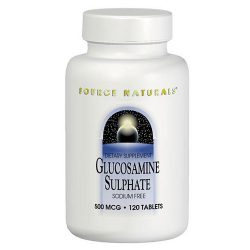 There was also no difference in pain itself, health-related quality of life, and the use of other medications or therapies for pain, Wilkens and colleagues said in the July 7 issue of the Journal of the American Medical Association.
There was also no difference in pain itself, health-related quality of life, and the use of other medications or therapies for pain, Wilkens and colleagues said in the July 7 issue of the Journal of the American Medical Association.“Based on our results,” the researchers concluded, “it seems unwise to recommend glucosamine to all patients” with chronic low back pain and degenerative lumbar osteoarthritis.There may be a subgroup of patients who will benefit, but “overall, I’m probably less likely to recommend it as a whole to all patients,” said Elaine Husni, MD, of the Cleveland Clinic, who was not part of the study.
The Norwegian study, with 250 patients, is the largest and longest to test the substance in low back pain, although a study with 1,600 patients did find a beneficial effect in pain related to osteoarthritis of the knee — but only if the pain was moderate to severe.
Wilkens and colleagues noted, however, that glucosamine, thought to affect inflammation and knee osteoarthritis, has more of the pro-inflammatory targets of the compound. Nonetheless, the previous study — dubbed GAIT — was negative overall.
Studies looking at chronic low back pain and degenerative lumbar osteoarthritis have usually had few patients and short intervention periods, the researchers said, so evidence thus far has been inconclusive.
To help fill the gap, they randomized patients to take 1,500 milligrams of oral glucosamine or a matching placebo for six months and then followed them for another six months.
Results of the Glucosamine Study
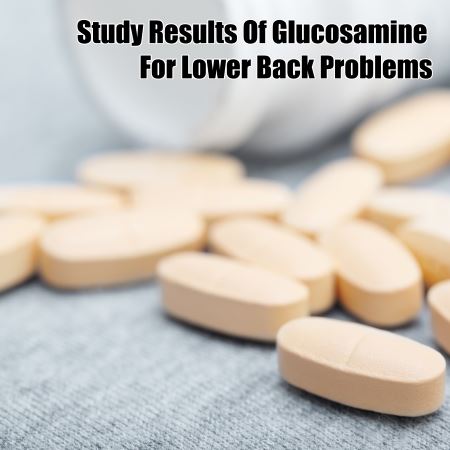
The primary endpoint was change on the Roland Morris Disability Questionnaire, (a very respected style of questionnaire system to find results) with response defined as a three-point difference on the 24-point scale. The researchers also measured pain at rest and during activity, as well as quality of life.
They found:
- At baseline, the average disability score was 9.2 for glucosamine patients and 9.7 for those getting placebo, but the difference was not significant.
- After the six-month intervention period, the average score in both groups was 5.0.
- At a year, the average score was 4.8 for glucosamine and 5.5 for placebo, but the difference remained nonsignificant.
- Between the end of the intervention and the end of follow-up, there was also no significant difference in average disability score, lower back pain at rest and during activity, and quality of life.
- Mild adverse events (mainly gastrointestinal and dermatological) were reported in 40 patients in the glucosamine group and 46 in the placebo group. The difference was not significant.
The researchers said one strength of the study is that in Norway, glucosamine is a prescription drug, so that “potential contamination of over-the-counter products is reduced.”
They cautioned that the design of the trial (including free medication) was a potential limitation since it may have attracted patients whose personalities affected the outcome. Patients were also allowed to use other medications, including painkillers, another limitation that might have altered the outcome.
The study “adds a little more data to a confusing sea of data that we have to sift through with out patients,” said Brent Bauer, MD, of the Mayor Clinic in Rochester, Minn., who was not part of the study.
The study results themselves — while likely to get a “kind of a negative spin” — still don’t entirely rule out a benefit for the substance, largely because of an unusually high placebo effect, he said.
Another study, a meta study that looked at the results of 148 studies found about the same; some help, but not much from long term use of glucosamine
In most studies, about 30% of placebo patients see a benefit, but in this case it was about 50%, which makes “interpretations a bit more challenging,” he said

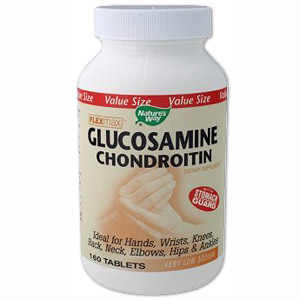
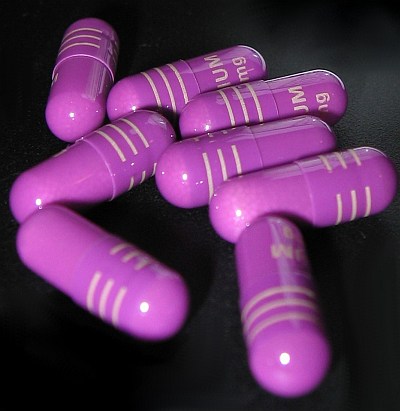
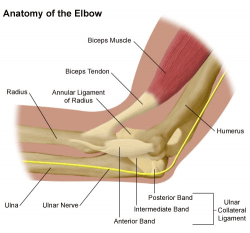
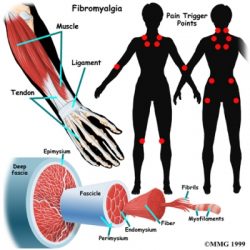





I agree with Eric. We need more articles like this on the web to keep people informed. Too many people blindly trust their doctors. Great website with great content.
Great article.Keep them coming!
I also found that its very risky to use it in large doses for long time. I have found that short-term use of glucosamine is well-tolerated. But I used to suffer from side effects such as drowsiness, headache, insomnia, and mild and temporary digestive complaints such as abdominal pain, poor appetite, nausea, heartburn, constipation, diarrhea, and vomiting. But in rare human cases, the combination of glucosamine and chondroitin can be linked with temporarily elevated blood pressure and heart rate and palpitations.
They cautioned that the design of the trial (including free medication) was a potential limitation since it may have attracted patients whose personalities affected the outcome. Patients were also allowed to use other medications, including painkillers, another limitation that might have altered the outcome.